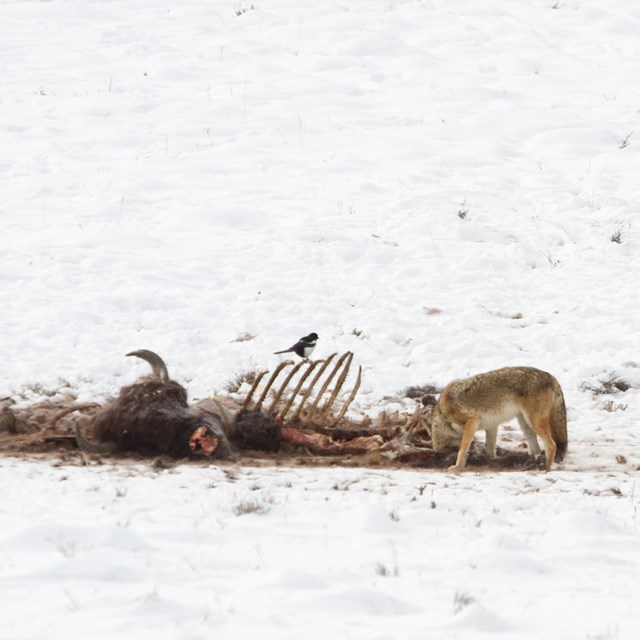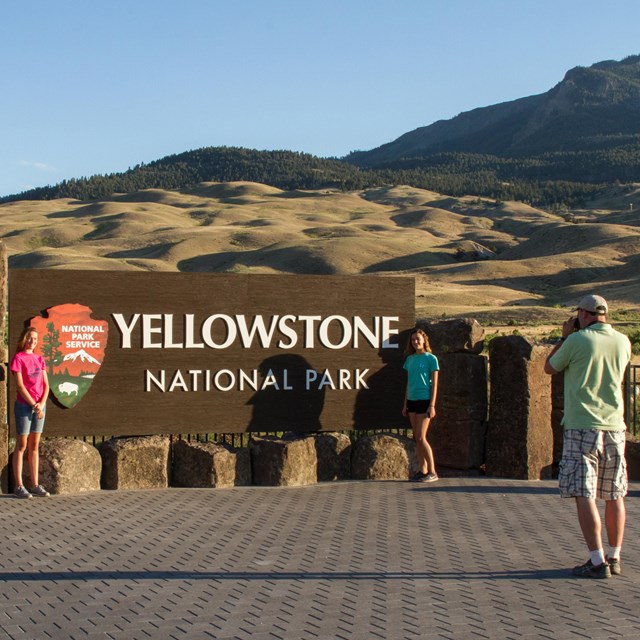Many of you are asking why Yellowstone would euthanize a bison calf instead of caring for it or sending it to a sanctuary. Federal and state regulations prohibit the transport of bison out of Yellowstone unless those bison are going to meat processing or scientific research facilities. We now have a quarantine facility so bison can go through the months-long testing protocols for brucellosis and, if negative, be used to start conservation herds elsewhere. However, the use of quarantine for a newborn calf that's abandoned and unable to care for itself is not a good candidate for quarantine.
This is a conversation that's difficult to have online or on social media. But it's important to understand that national parks are very different than animal sanctuaries or zoos. We made the choice we did not because we are lazy, uncaring, or inexpert in our understanding of bison biology. We made the choice we did because national parks preserve natural processes. By this we mean undomesticated wildlife and the ecosystems they both depend on and contribute to. Every day in national parks, some animals die so that others may live. In fact, as many as 25% of the bison calves born this spring will die, but those deaths will benefit other animals by feeding everything from bears and wolves to birds and insects. Allowing this cycle of life to play out aligns most closely with the stewardship responsibility entrusted to us by the American people. Unfortunately, the calf's behavior on roads and around people was hazardous, so rangers had to intervene: but the calf’s body was left on the landscape.
We provide this explanation not because we want everyone to agree with us, but because we believe that problem solving starts with difficult conversations. When these conversations arise, it's important that you continue to speak freely, and with the assumption that everyone, including the person who handled the bison was operating with the best intentions.
Situations like this one are challenging, but they also offer a space for all of us to engage in deeper conversations about the meaning of wild places as we move forward into the 151st year of Yellowstone.
In all of this, there's one takeaway we really want to underscore: please give animals room to roam. Stay at least 100 yards away from wolves and bears, and at least 25 yards away from all other animals. Help us make it socially unacceptable to do anything else.



